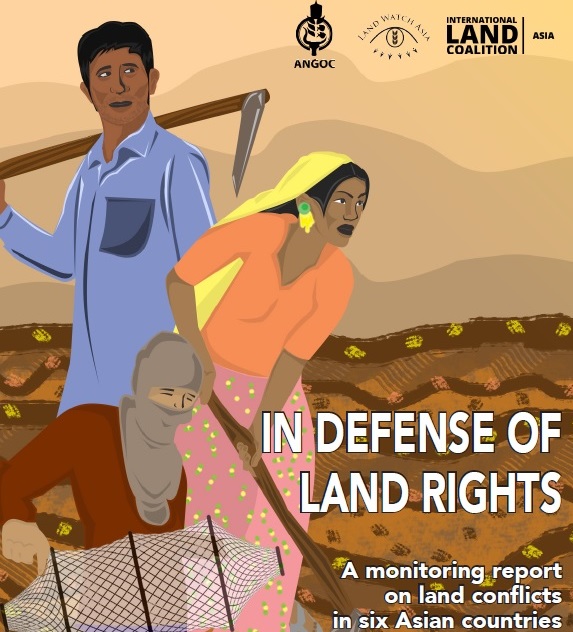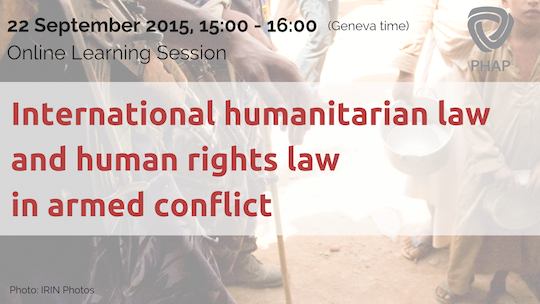
In particular, the use of explosive weapons with wide-area impact in densely populated areas continues to raise legal questions and significant humanitarian concern. The first and fundamental one is ensuring that elementary IHL principles on the conduct of hostilities – distinction, proportionality, precautions – are applied in a way that protects civilians in urban battlefields, which are characterized by the intermingling of civilians and combatants, the proximity of civilian objects and military objectives, and a complex web of interconnected urban infrastructure. Increasingly, fighting takes place in cities, and this creates a number of specific challenges for parties to the conflict. The introduction to the report provides a brief overview of current armed conflicts and their humanitarian consequences, and of the operational realities in which challenges to IHL arise.Ĭhapter II addresses contemporary and future challenges in the conduct of hostilities, focusing on selected issues related to urban warfare (section 1) and new technologies of warfare (section 2). The report also provides an update on some of the issues that were addressed in previous reports and that remain high on the international agenda, such as the use of explosive weapons in populated areas, certain new technologies of warfare, and foreign fighters and their families. These issues include matters not addressed in previous reports, such as sieges, the use of artificial intelligence in warfare, and the protection of persons with disabilities.

It outlines a number of issues that are the focus of increased interest among States and other actors, as well as the ICRC: the urbanization of armed conflicts new technologies of warfare the needs of civilians in conflicts that are, increasingly, protracted non-State armed groups terrorism and counterterrorism climate change, the environment, and armed conflict and enhancing respect for IHL. Like its predecessors, this report addresses only some of the contemporary challenges to IHL.

The aim of all these reports is to provide an overview of some of the challenges posed by contemporary armed conflicts for IHL generate broader reflection on those challenges and outline current or prospective ICRC action, positions, and areas of interest. Similar reports were submitted to the Inter‑ national Conferences held in 2003, 2007, 20.

This is the fifth report on international humanitarian law (IHL) and the challenges of contemporary armed conflicts prepared by the International Committee of the Red Cross (ICRC) for the International Conference of the Red Cross and Red Crescent (International Conference).


 0 kommentar(er)
0 kommentar(er)
